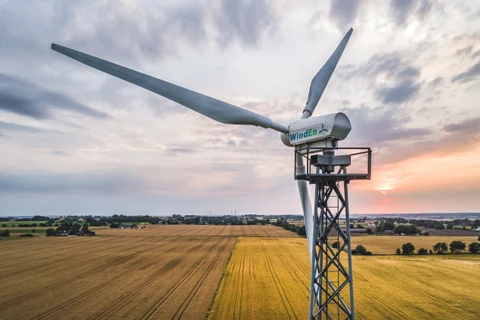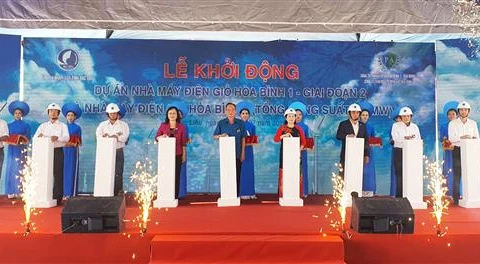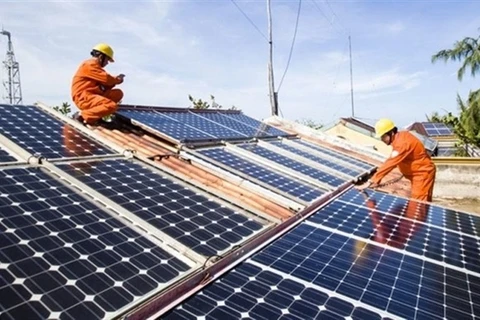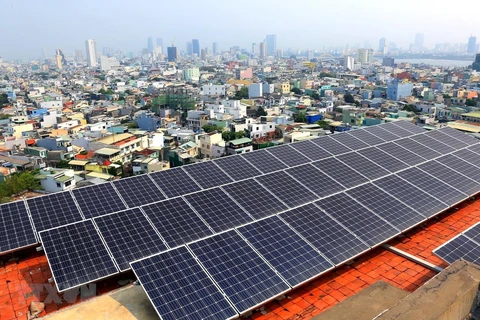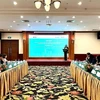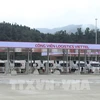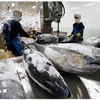Dong Nai (VNA) – More than 2,500 customers of the Dong Nai Power Company in southern Dong Nai province had installed rooftop solar panels with total capacity of nearly 50.9 million kWp as of the end of July.
So far, Dong Nai has contributed more than 15.2 million kWh of solar power to the grid, the company noted.
The province boasts huge potential for the development of renewable energy, especially solar power and energy from waste.
To Dong Nai, a major industrial hub, energy development is important to its foreign investment attraction as well as reduction of greenhouse gas emissions from industrial activities. Tapping into renewable energy potential will help ensure electricity supply and meet local socio-economic development demand.
Vice Chairman of the provincial People’s Committee Tran Van Vinh said Dong Nai is home to 32 industrial parks covering 10,200ha of land, along with many hi-tech and large-scale agricultural projects, which are favourable for rooftop solar power development.
As Dong Nai is an industrial province with 75 percent of electricity output used for industrial activities, a figure predicted to grow fast in the years to come, it is necessary to develop renewable energy, he added.
In the time ahead, the province will become one of the localities taking the lead in rooftop solar power development, the Dong Nai Power Company said, adding that it is making an electricity development plan which will also cover rooftop solar power, and this plan will ensure synchronous development of related infrastructure from generation, transmission to distribution facilities.
Dong Nai is the biggest electricity consumer in Vietnam, about 14 billion kWh per year, equivalent to 6 percent of the national electricity output. Local power demand increases by over 7 percent every year./.
VNA

